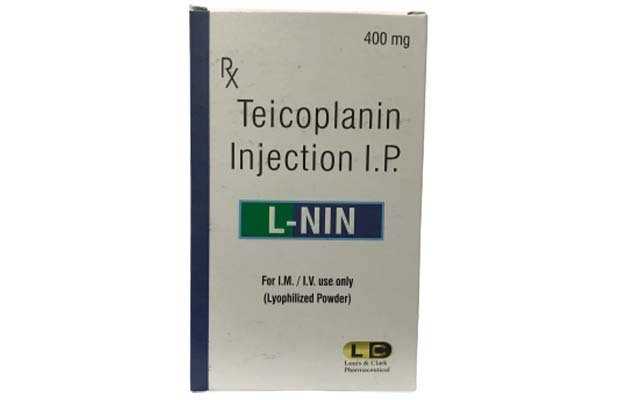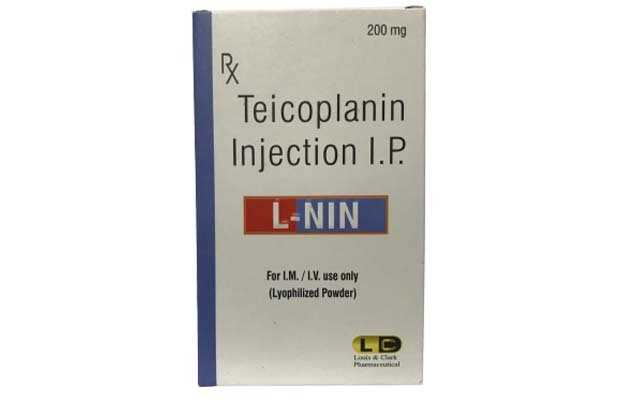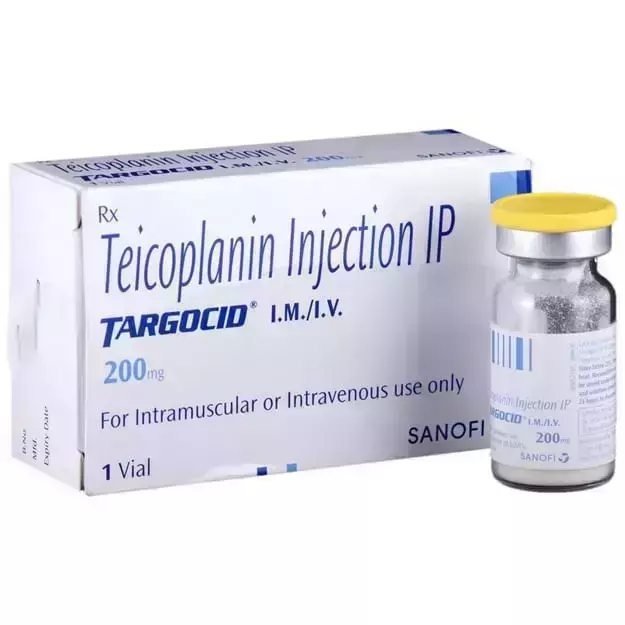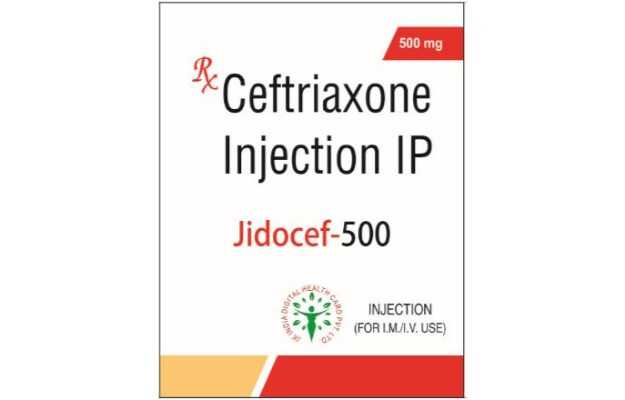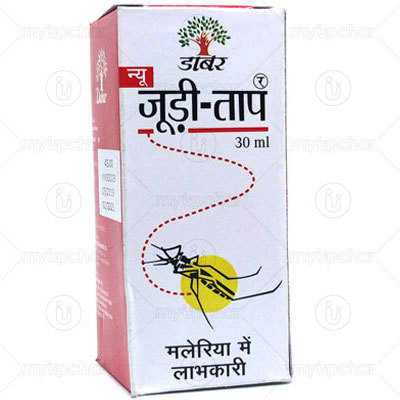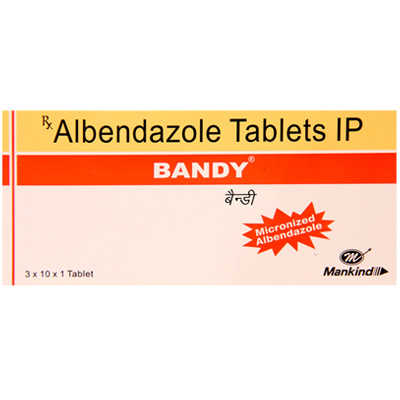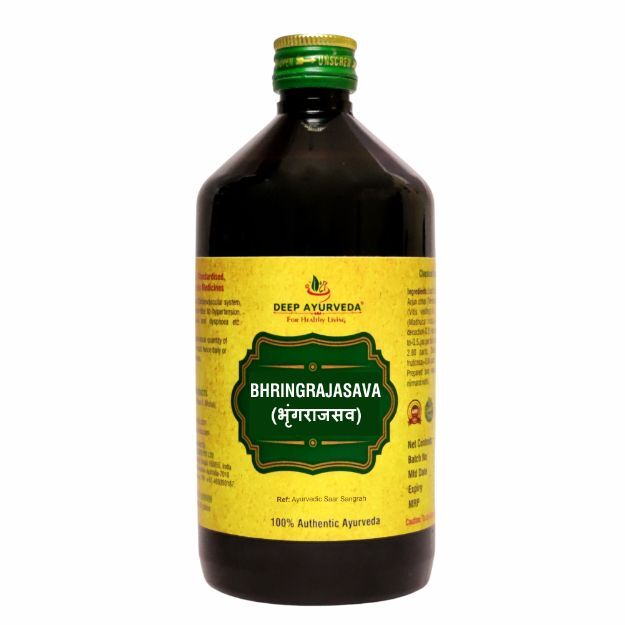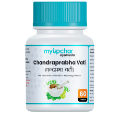Ticobact 200 Mg Injection is a prescription drug, available for use as Injection. Primarily, it is used for the treatment of Endocarditis. Secondary and off-label uses of Ticobact 200 Mg Injection have also been mentioned below.
Medical history of the patient along with age and gender determines the dosage of Ticobact 200 Mg Injection. Besides the medical condition it is advised for, the route of administration also plays an important role in determining the correct drug dosage. Refer to the dosage section for a detailed discussion.
The most common side effects of Ticobact 200 Mg Injection are Rash, Itching or burning, Fever. While these are the most often observed Ticobact 200 Mg Injection side effects, there are can be others also. These have been listed below. These side effects of Ticobact 200 Mg Injection are usually temporary and subside with the completion of treatment. Please speak with your doctor if these side effects worsen or persist for a longer duration.
It is also important to note that Ticobact 200 Mg Injection has a Unknown effect for pregnant women and Unknown effect on lactating mothers. It is important to know if Ticobact 200 Mg Injection has any effect on the kidney, liver and heart. Information on such adverse effects, if any, has been given in the Ticobact 200 Mg Injection related warnings section.
The section on Ticobact 200 Mg Injection contraindications lists all such conditions.
Drug reaction of Ticobact 200 Mg Injection with other medicines has been reported. See below for a complete list.
Along with the above-mentioned precautions, remember that taking Ticobact 200 Mg Injection is considered not safe while driving, and is not addictive.
X




